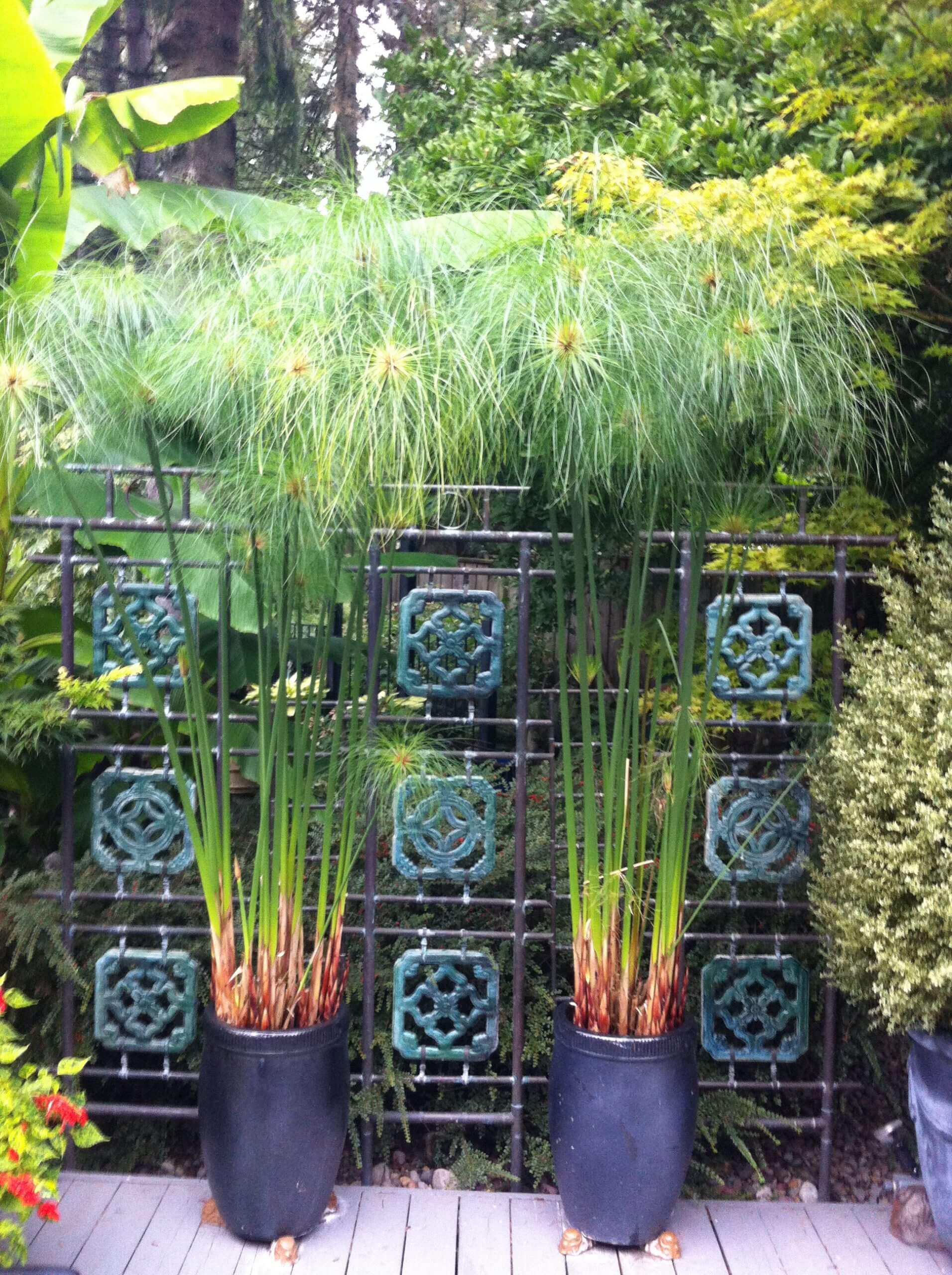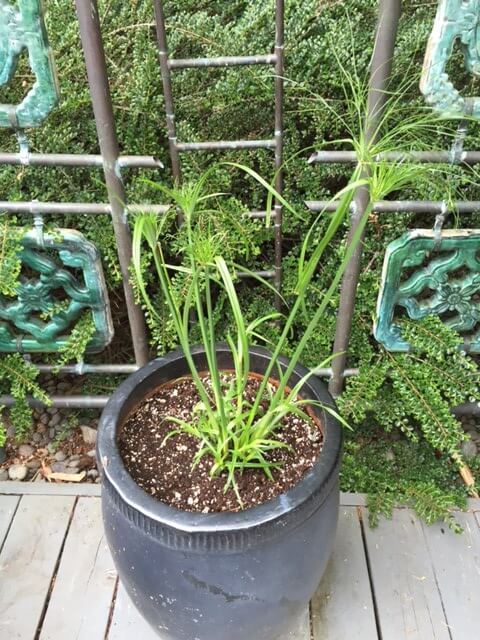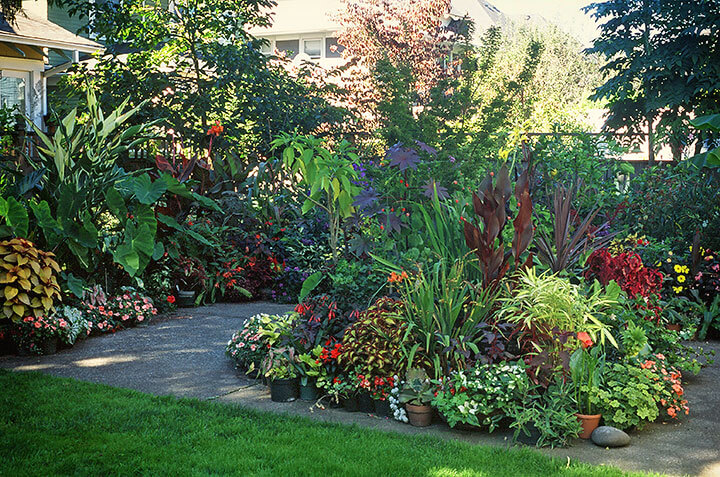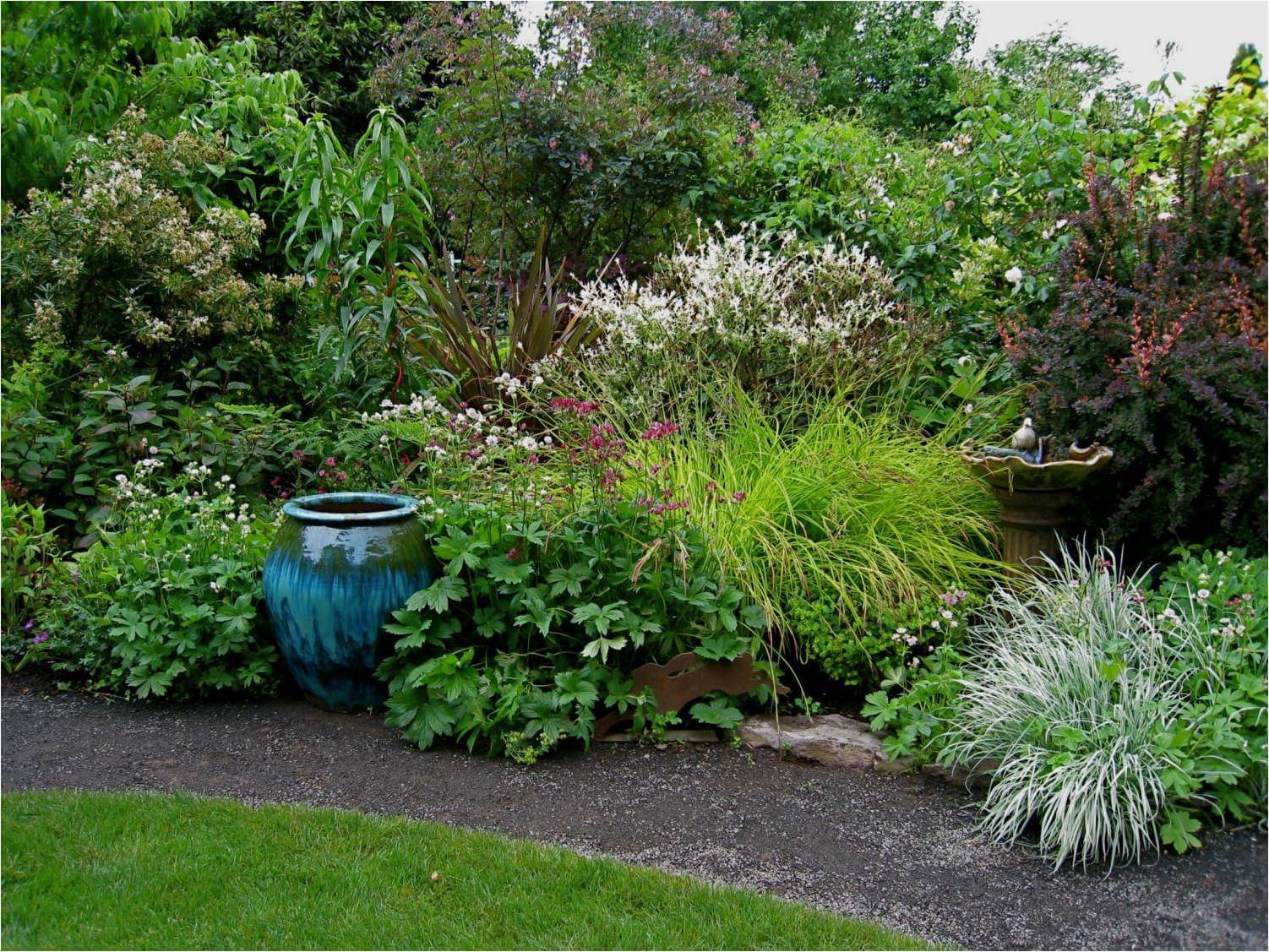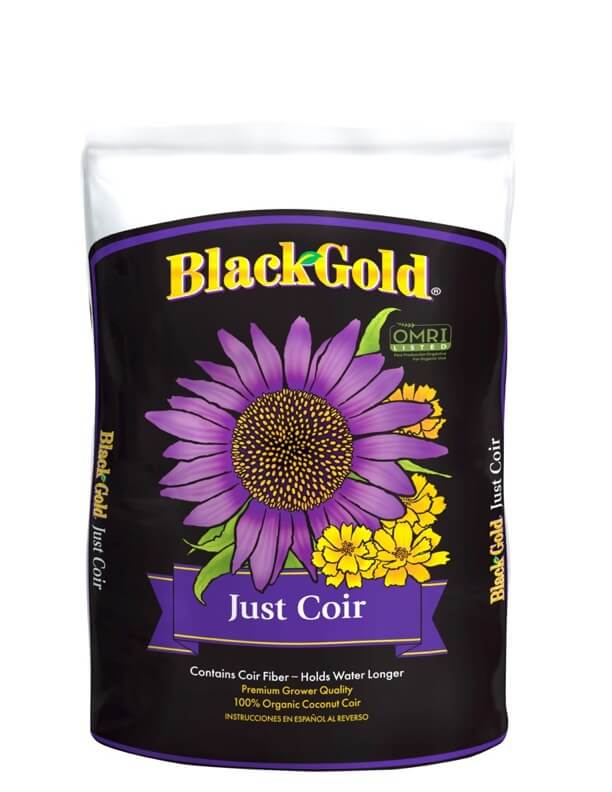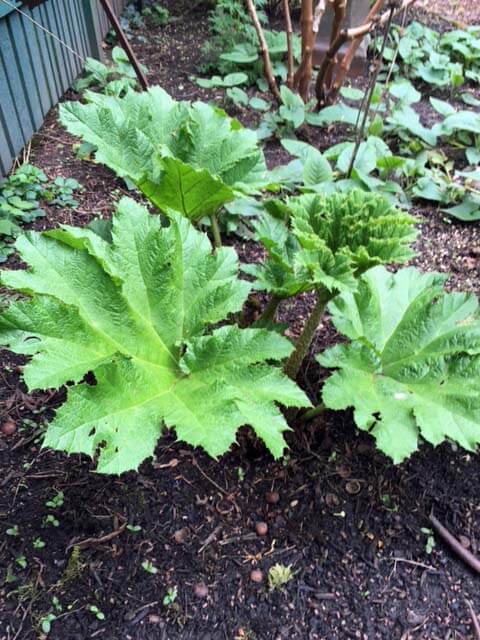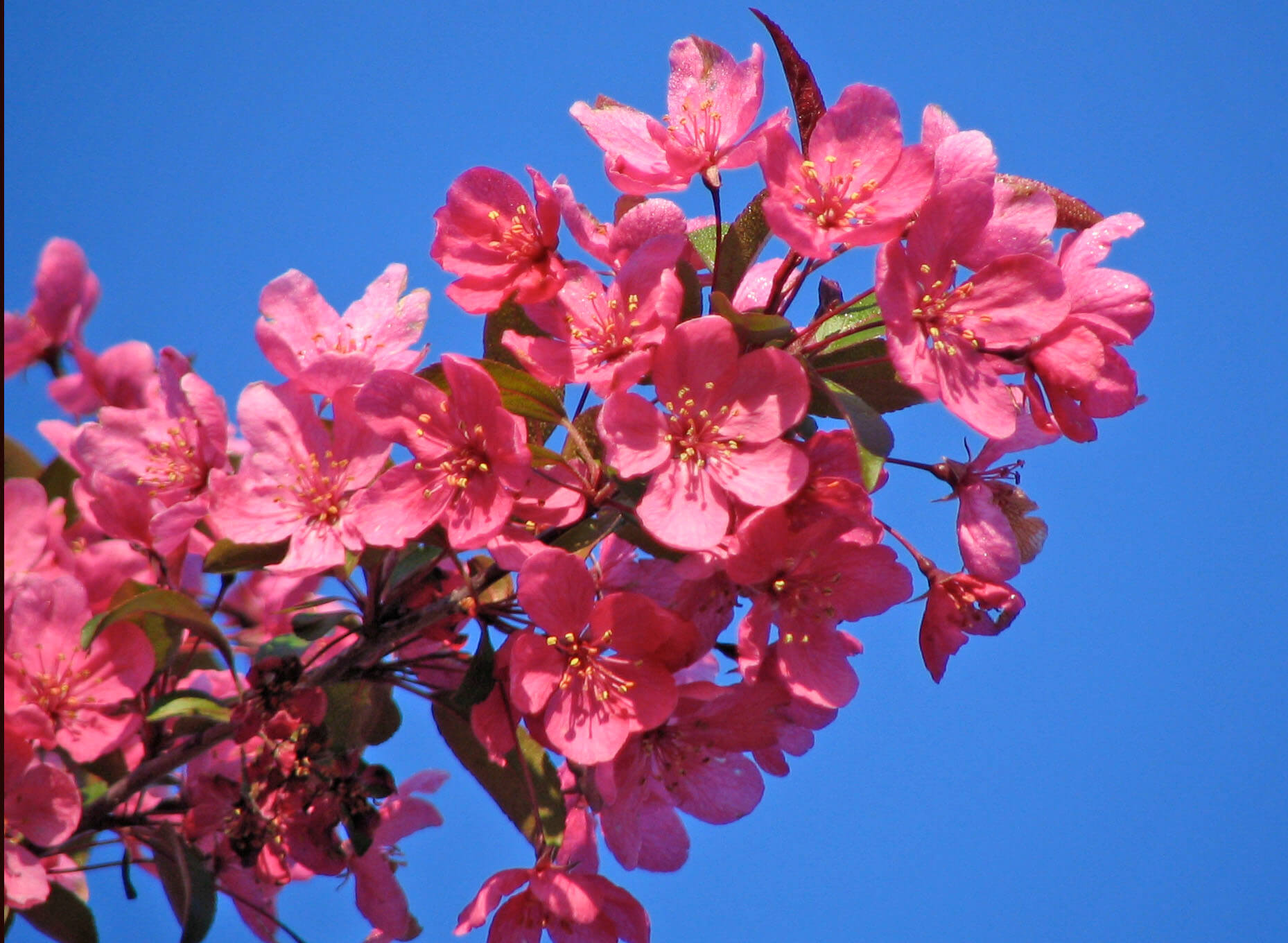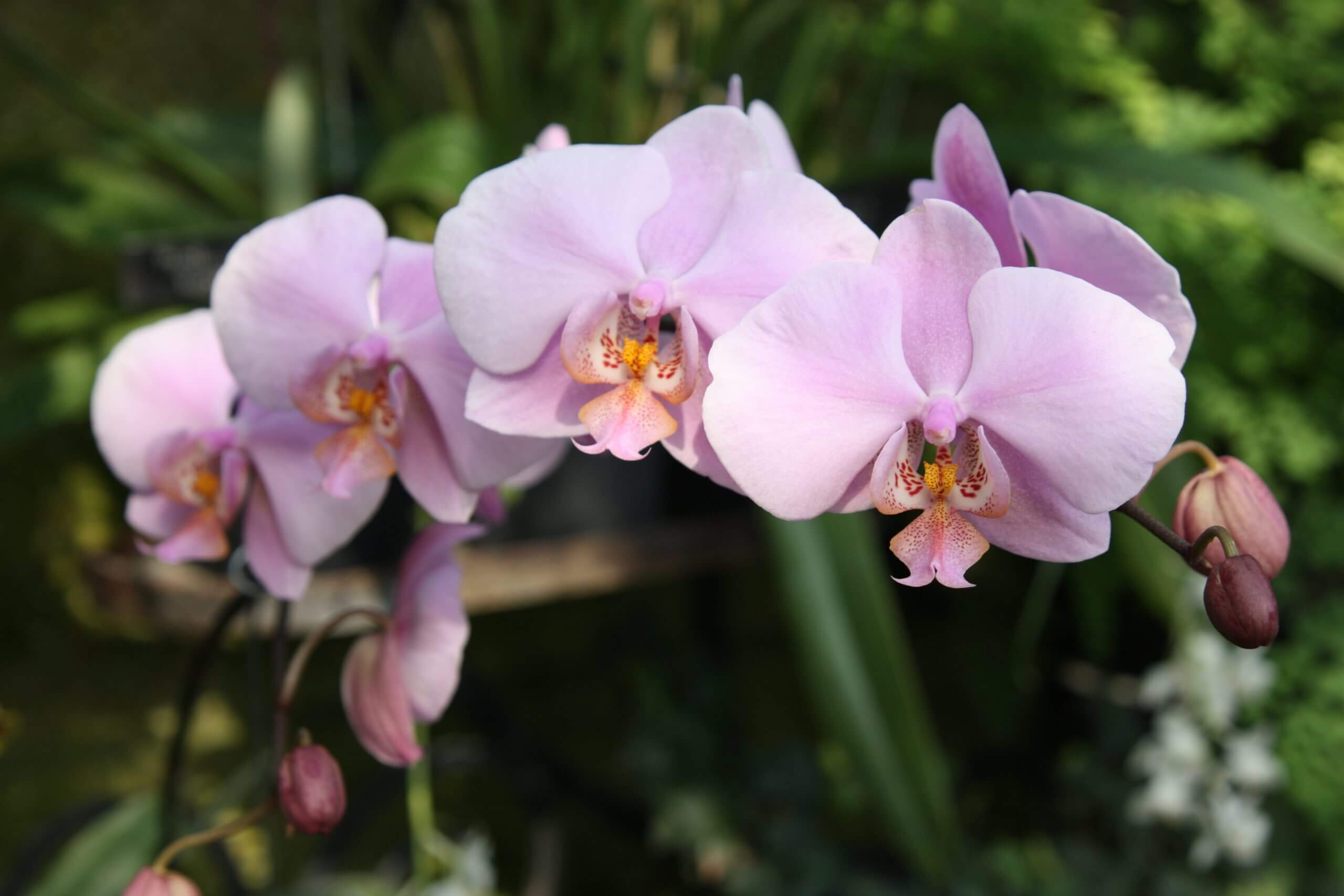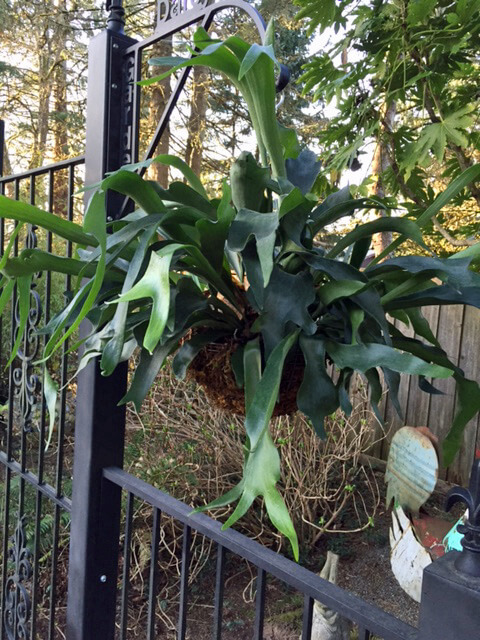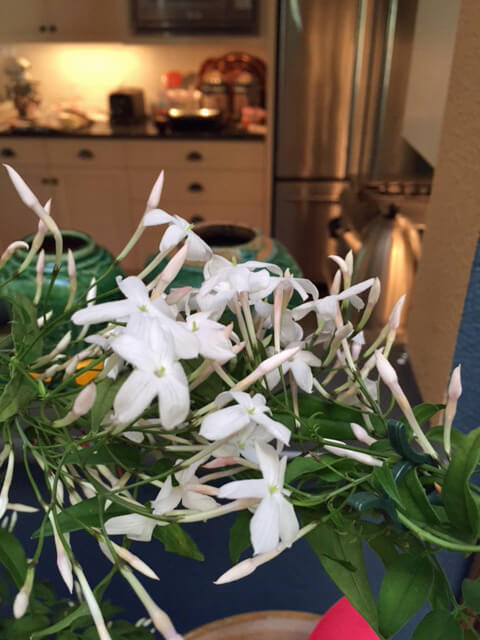 While this may be winter (not official until December 22, but most gardeners would say this is winter), there are so many things we can harvest from our gardens to decorate our homes to help celebrate the holidays. We have had several inches of rain in just the past few days here in western Oregon, with more expected, and this morning as I walked around in my very soggy wet garden I discovered that there was a bounty of materials to chose from.
While this may be winter (not official until December 22, but most gardeners would say this is winter), there are so many things we can harvest from our gardens to decorate our homes to help celebrate the holidays. We have had several inches of rain in just the past few days here in western Oregon, with more expected, and this morning as I walked around in my very soggy wet garden I discovered that there was a bounty of materials to chose from.
Berried Winter Plants
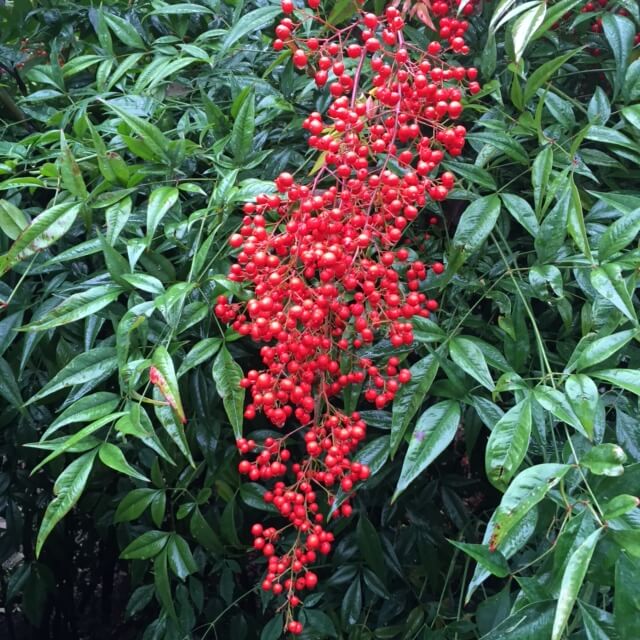
Many of the plants that we can use for holiday decorating from the garden are readily available in our gardens–if not in your own garden, take a walk around your neighborhood. You may have neighbors that would be happy to share some their plants; some selecting pruning might be welcome. Two plants that are usually readily available in local gardens are Nandina domestica, (heavenly bamboo, not related to bamboo), and Callicarpa bodinieri (beautyberry). Both of these are well suited to winter arrangements. The Nandina has clusters of red berries and the Callicarpa has bunches of purple berries on bare stems.
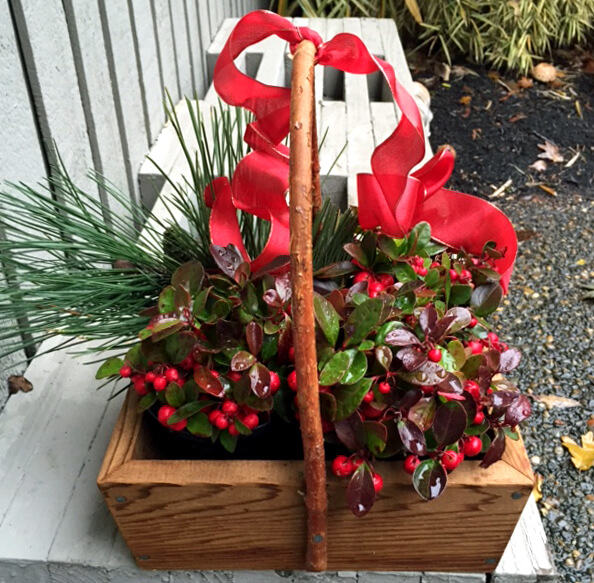
I am not a creative designer in our family, but I enjoy gathering branches and letting my wife create a holiday arrangement. Whether it is large or small, she seems to know just how to put it all together. An example is her use of a simple small wooden basket which makes a very attractive feature for an entryway. A pine branch, or one from another evergreen conifer, can be added. Red berries from a Gaultheria procumbens (wintergreen) added festive natural color and then she tied on a red ribbon for a finishing touch. (Note: this Gaultheria is an example of how common names, while usually easy to say and remember, can be confusing. This plant is sometimes referred to as winterberry as well as wintergreen, but true Winterberry is actually the holly, Ilex verticillata.)
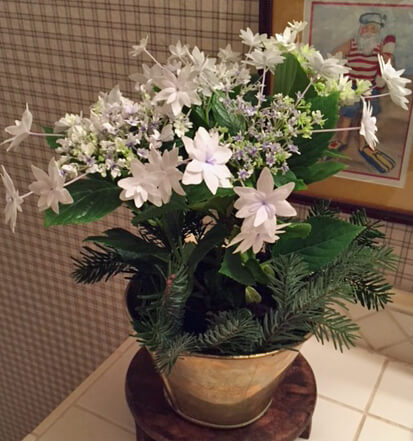
Holiday Potted Plants
Recently, while visiting a local garden center and viewing their vast selection of poinsettias, dazzling white Hydrangea macrophylla ‘Shooting Star’ flowers were being offered among the sea of red. The multi-petaled ‘stars’ shoot from the flowers like fireworks, hence the name ‘Shooting Star’. An added bonus is that for many of us living in western Oregon and Washington, this is also a garden plant that can be planted out in the garden to become a permanent shrub. This hydrangea looks beautiful planted in a decorative gold container with decorative conifer branches around the edges. The look is simple but very effective.
Arrangement Ideas
During my weekly radio program last week, I asked listeners to send in photos of winter arrangements that they were made from local plants. Here are two of my favorites.
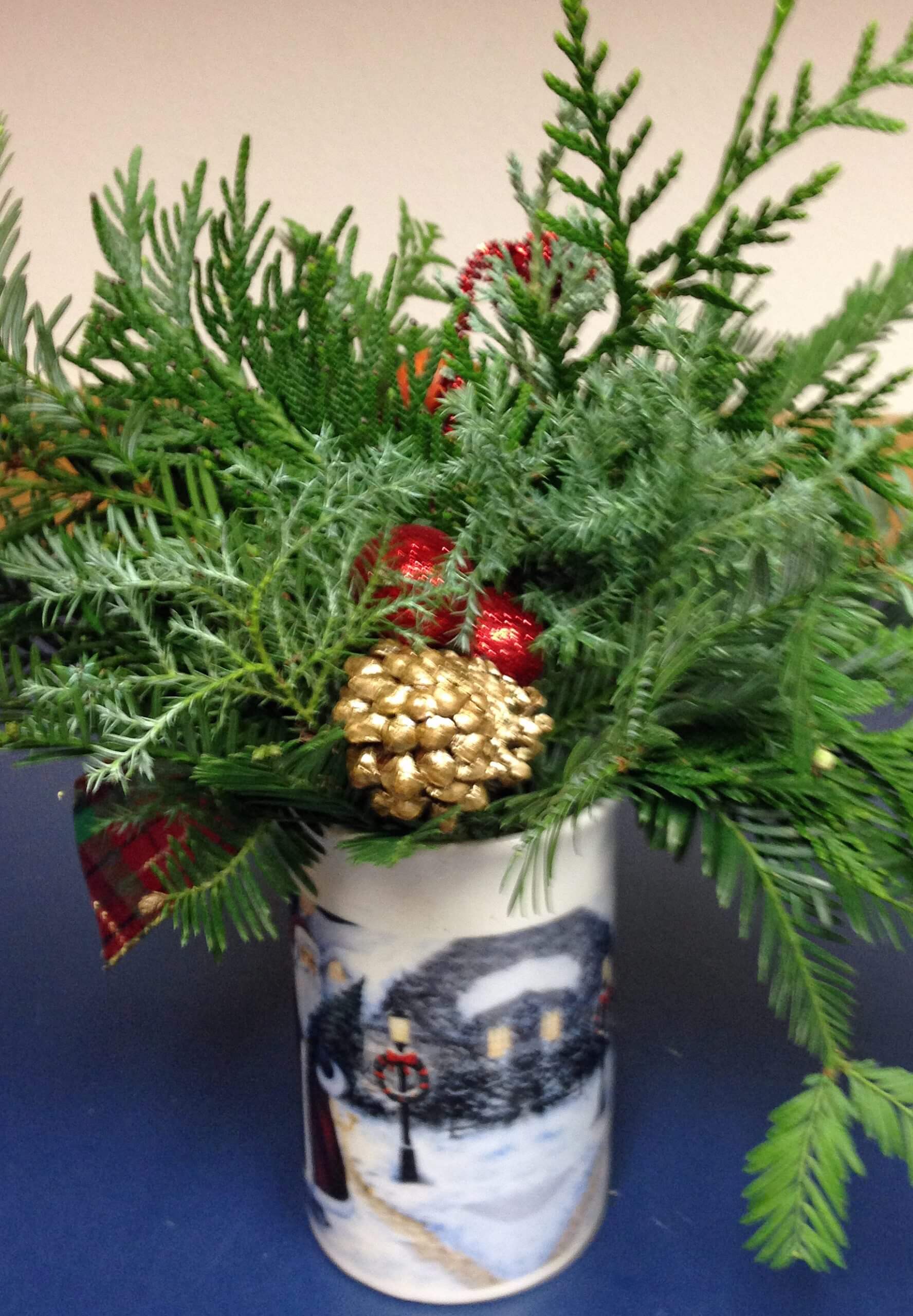
Susan Bechtol had a holiday decoration party during her work lunch hour with the theme of creating an arrangement in a cup. Another was Nancy Wirth who created a lovely arrangement from plants in her garden She used red branches from her Cornus sericea (red-twig dogwood) and evergreen branches are from her garden as well as some she found on the ground in a parking lot. (How is that for reuse?)
Gardeners tend to be a very imaginative group and are especially creative when using plants from their own gardens. Try experimenting by using some plants from your own garden for a holiday decoration. You might be surprised at what you can create! Check out your local garden center to see what winter-interest plants you can add to your garden when the ground is still soft enough to plant.
Whatever you do this holiday season, take the time to enjoy it. The New Year will be here before we know it. Happy New Year and Happy Gardening!
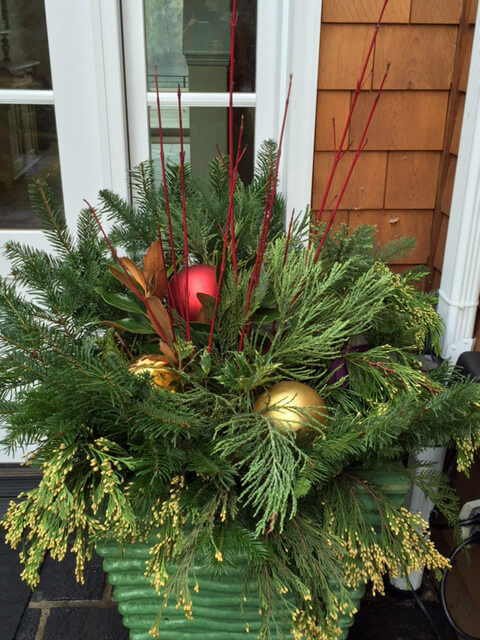


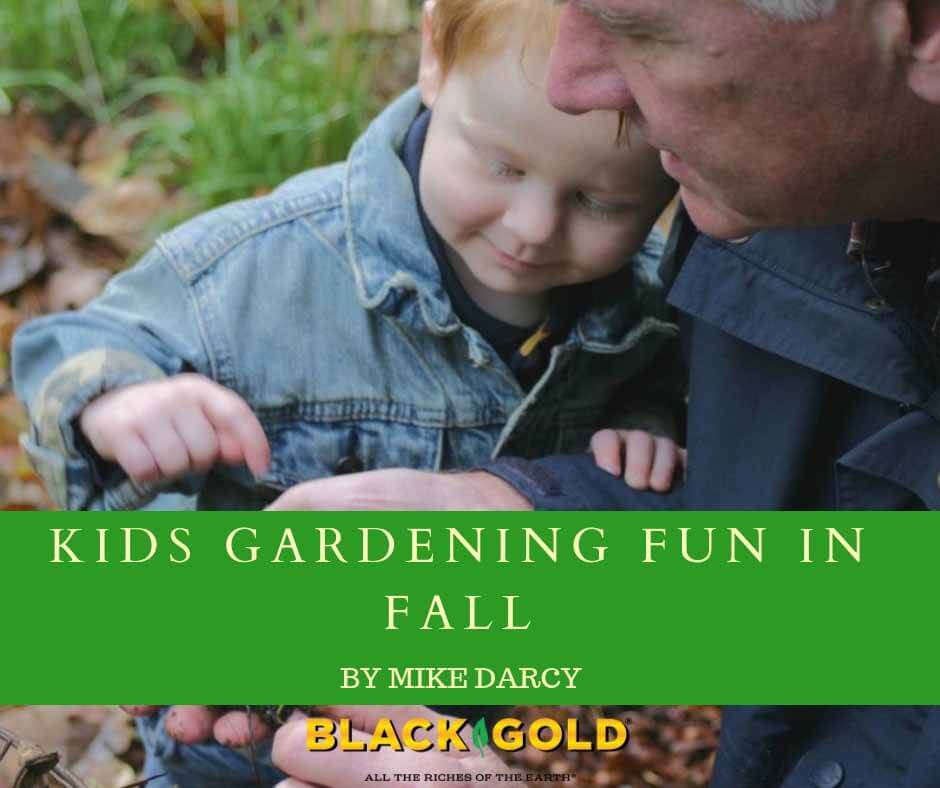

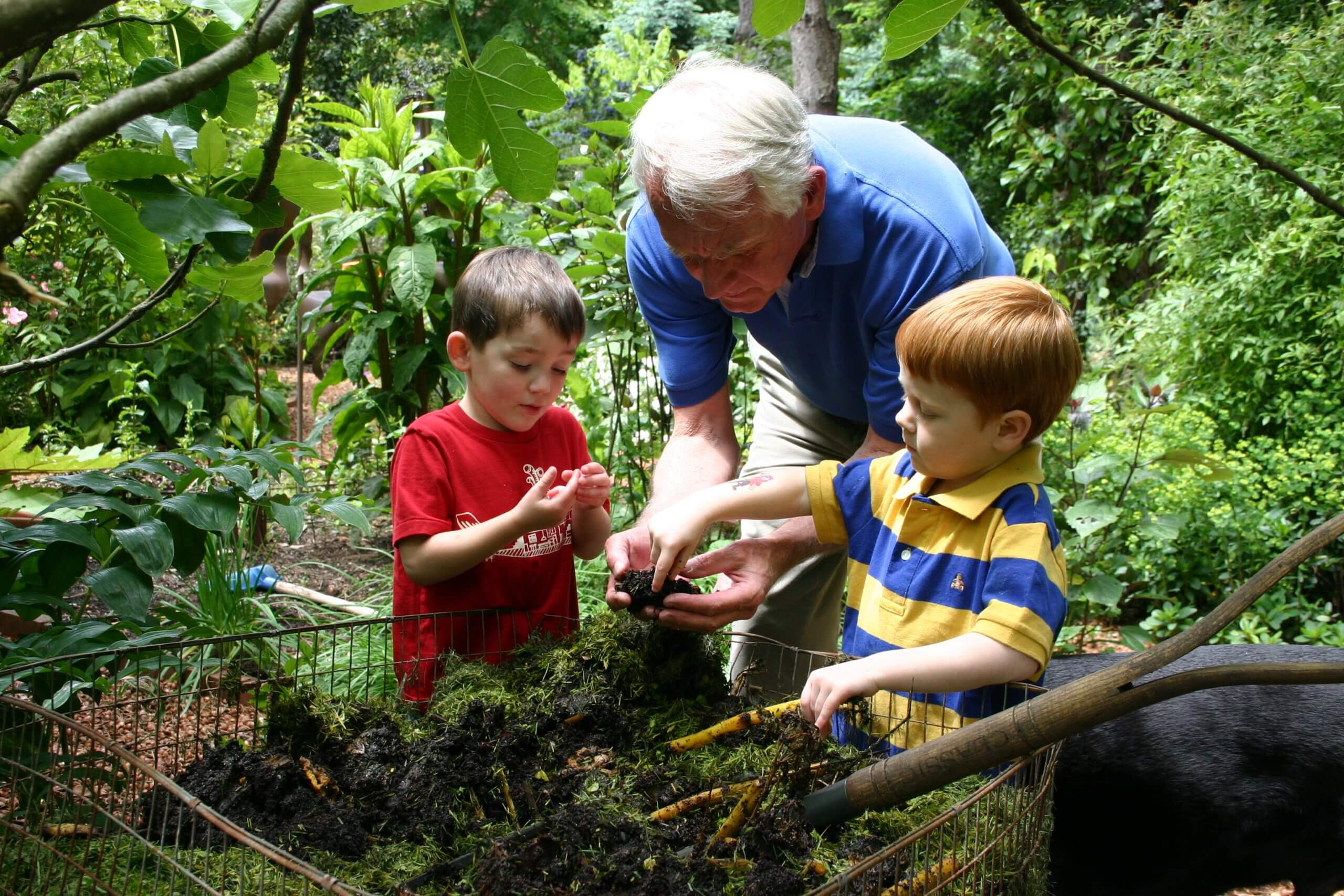
 With the budget issues of many school districts, I find they are almost always appreciative to classroom activities that parents can provide that pertain to gardening and/or our environment. It is not necessary to have had classroom teaching experience as I have found that for gardeners to talk about gardening and make it pertinent for kids is very easy and something we can all do. October is an ideal month to give some lessons on composting leaves and to explain the benefits of doing it. The kids will be thrilled and you will be pleasantly surprised at how good it will make you feel.
With the budget issues of many school districts, I find they are almost always appreciative to classroom activities that parents can provide that pertain to gardening and/or our environment. It is not necessary to have had classroom teaching experience as I have found that for gardeners to talk about gardening and make it pertinent for kids is very easy and something we can all do. October is an ideal month to give some lessons on composting leaves and to explain the benefits of doing it. The kids will be thrilled and you will be pleasantly surprised at how good it will make you feel.
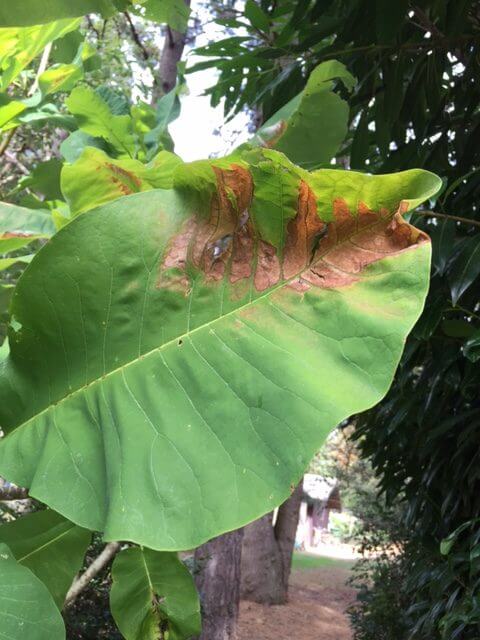



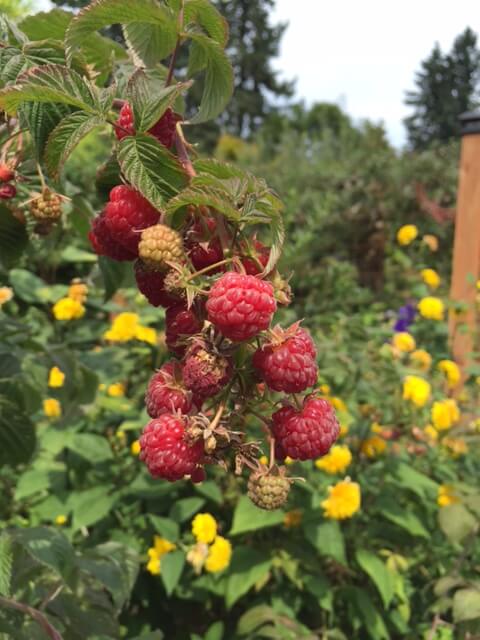


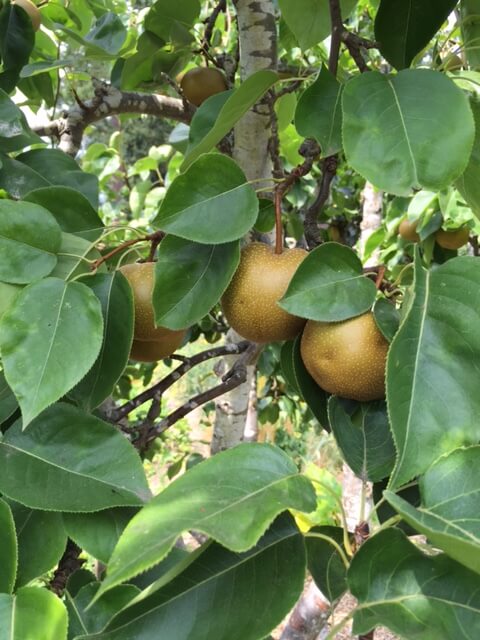
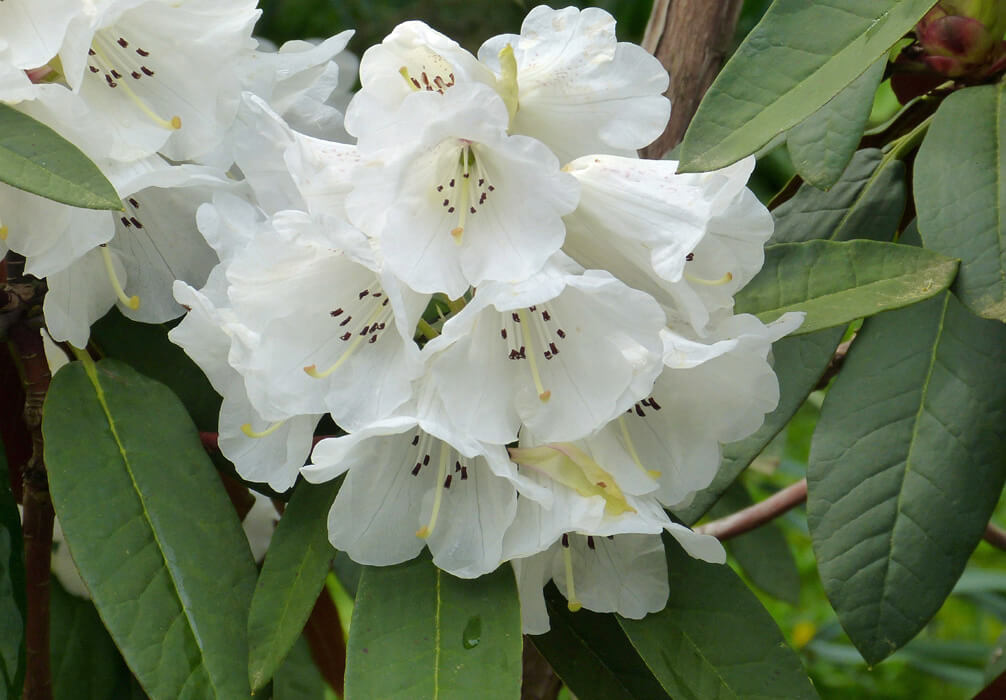

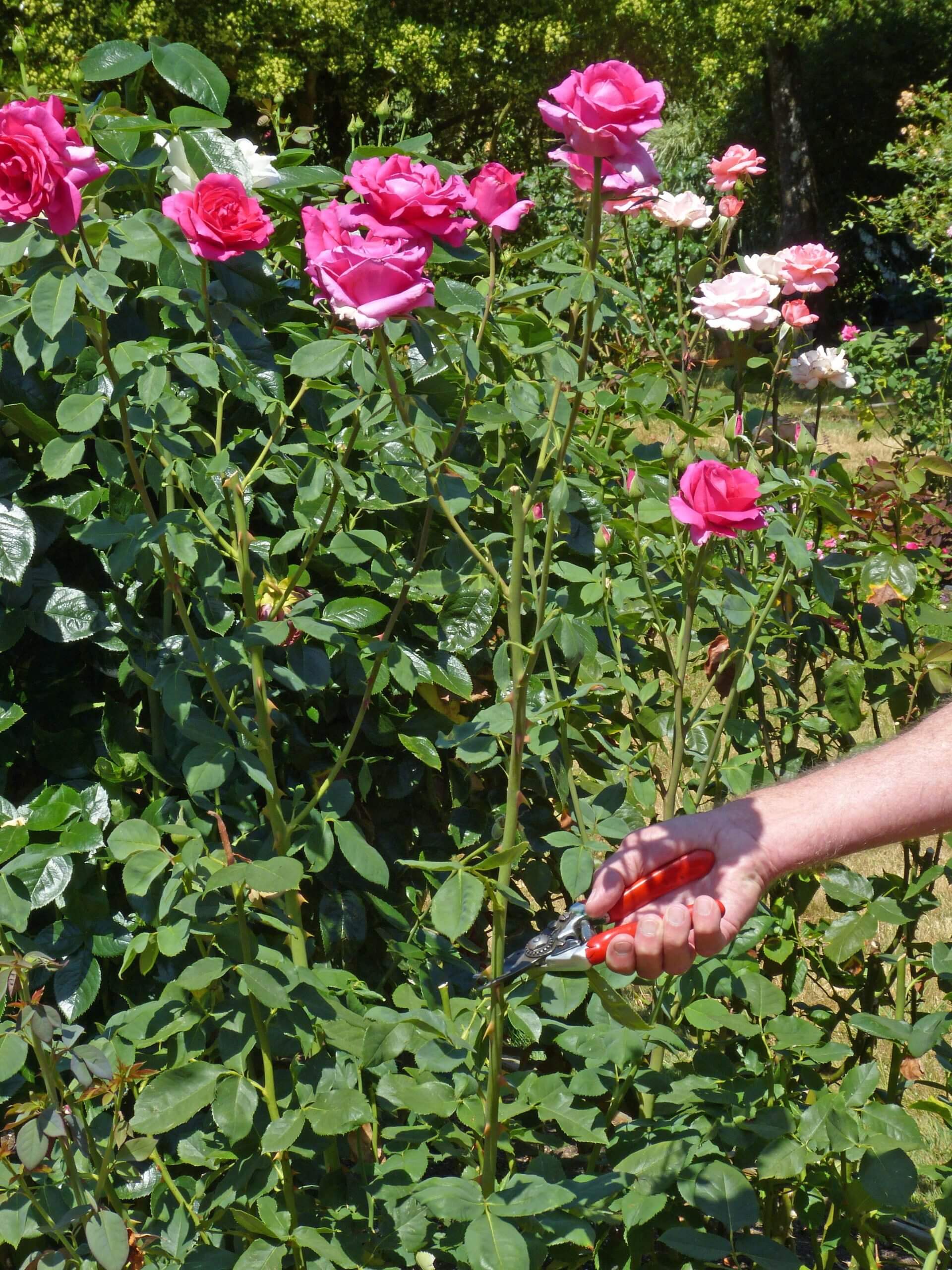
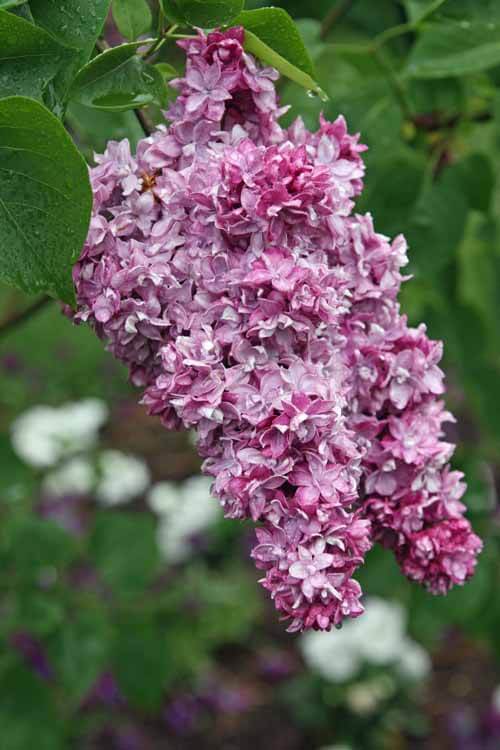
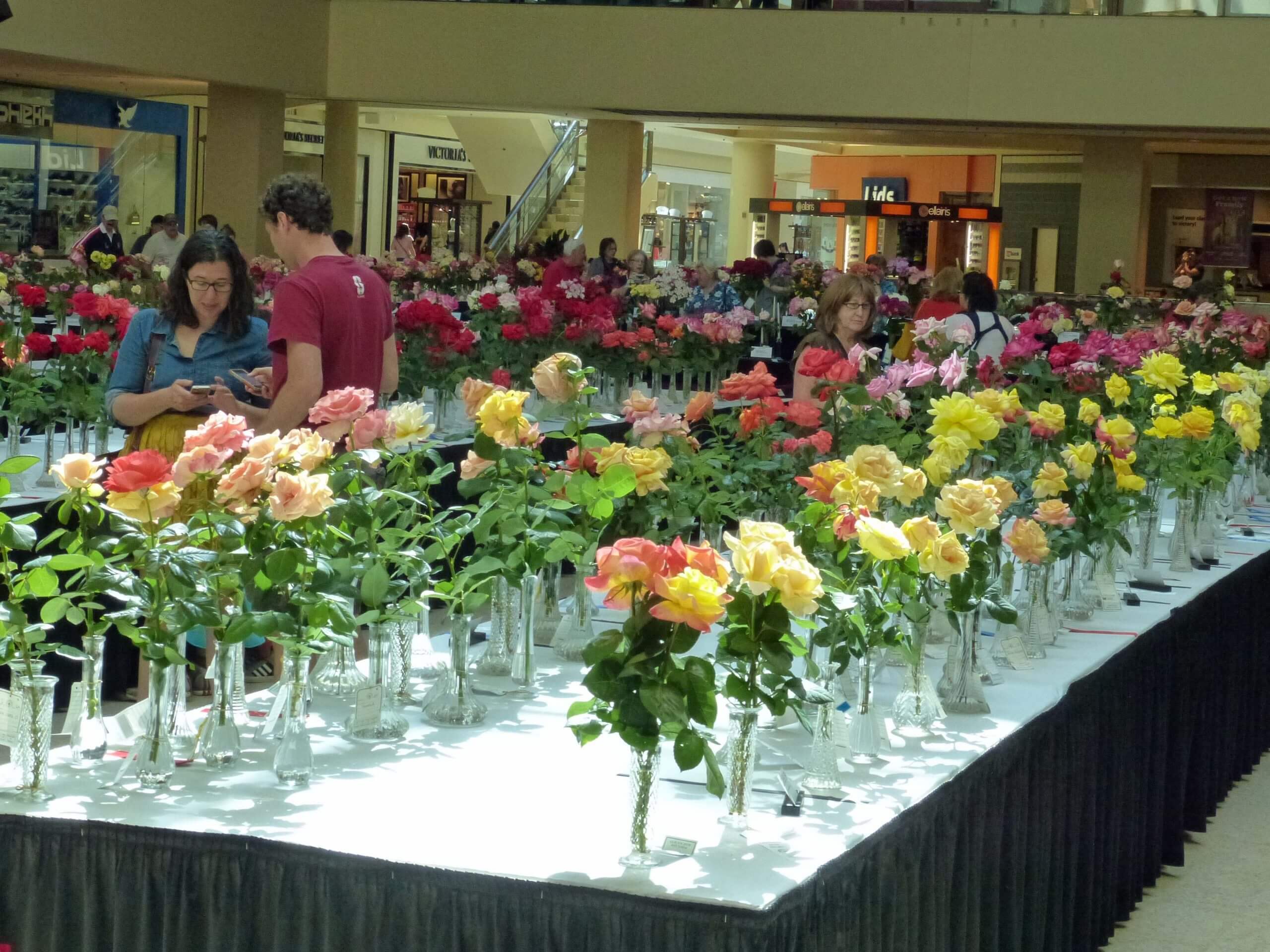
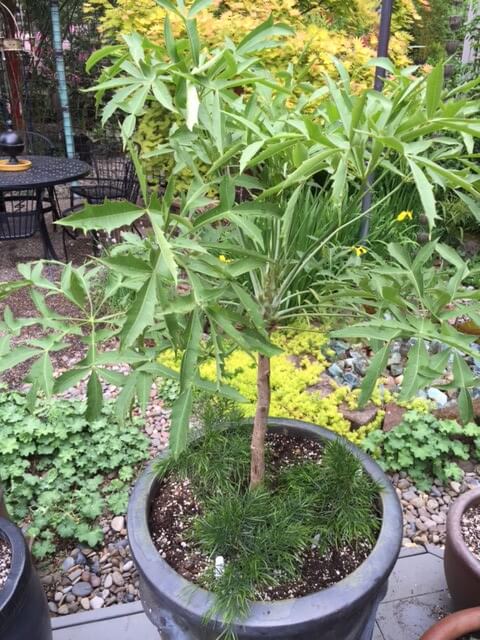
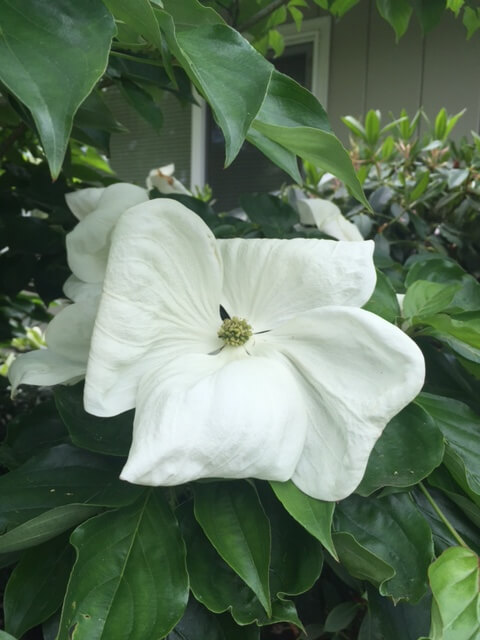
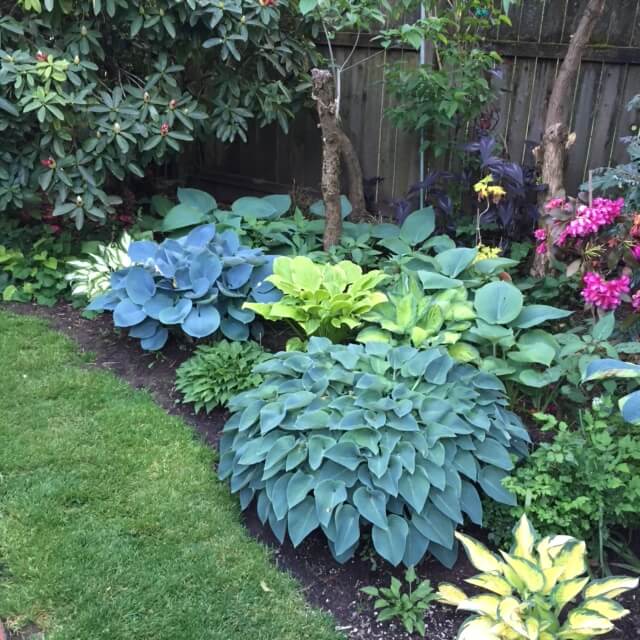
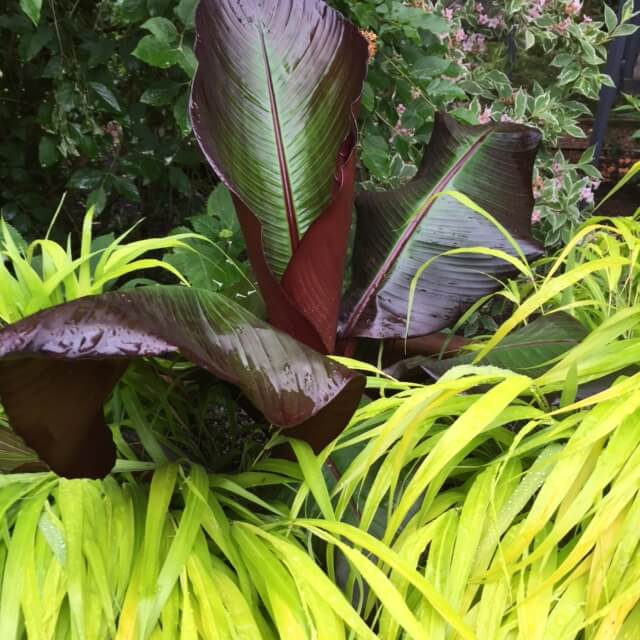
 Potting Bold Container Plants
Potting Bold Container Plants